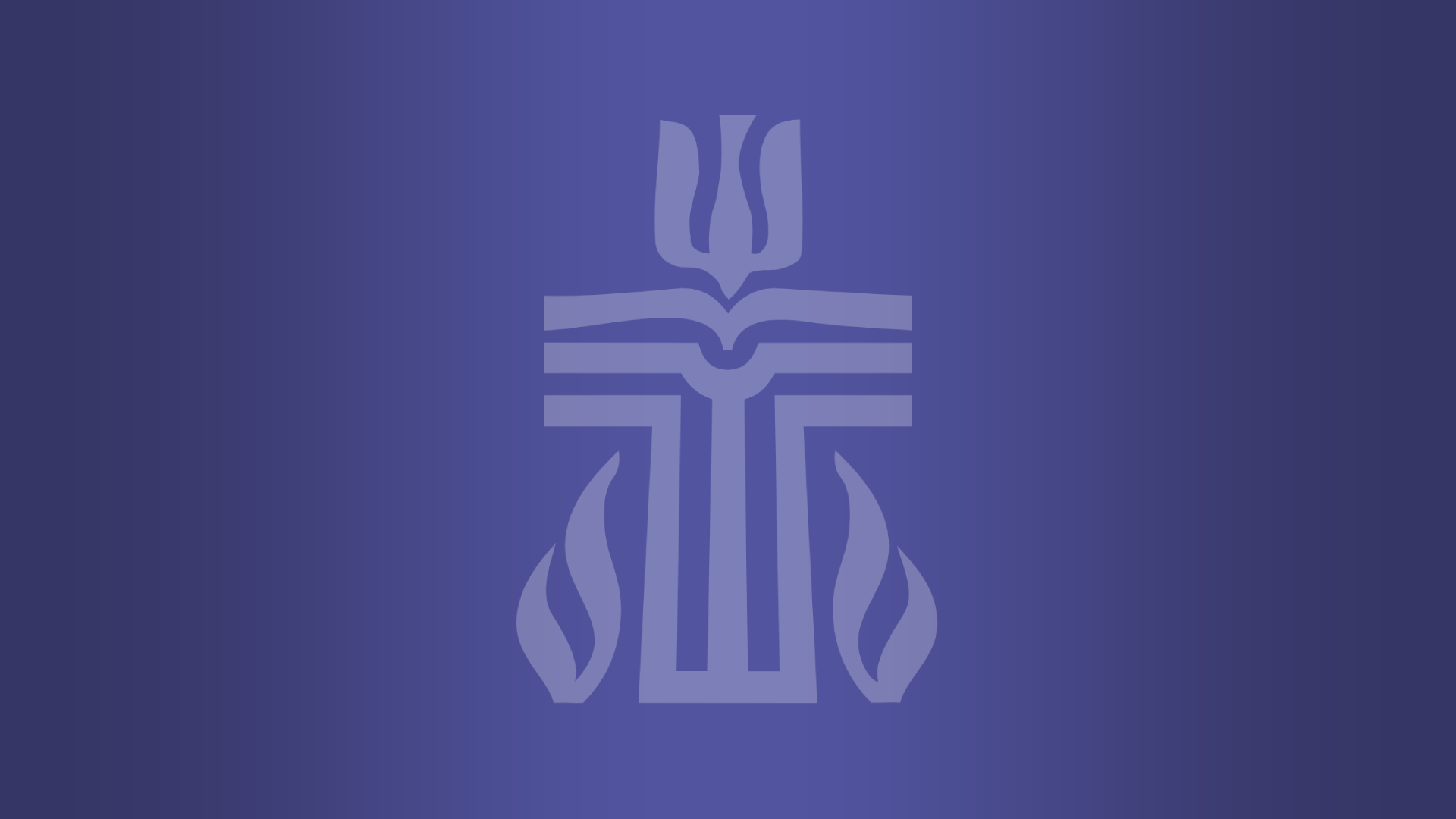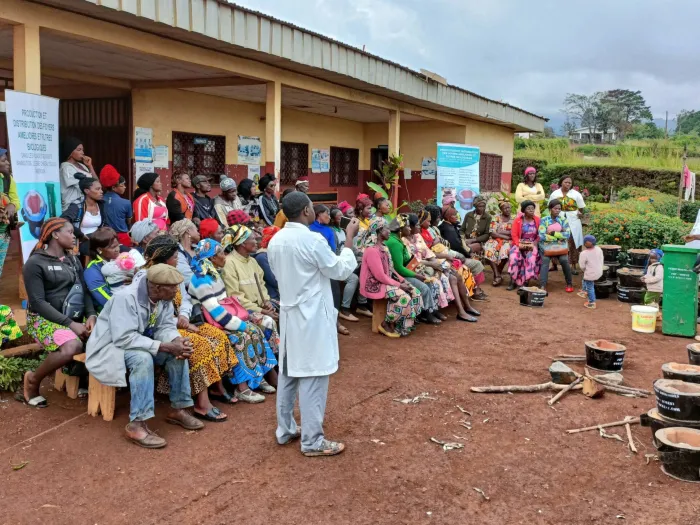By Elie Kadima | POM, Joining Hands DR Congo

The Democratic Republic of Congo (DRC) is a country in Central Africa with a surface area of 2,345,000 square kilometers. A country rich in natural resources, it is a geological marvel, containing over 70% of the minerals the world needs for electronics and green energy transition.
Despite this rich potential in natural resources (estimated at $24 trillion), the DRC is also among the five poorest countries in the world. For more than 20 years, the country has been through a brutal conflict over its natural resources, which has killed hundreds of thousands of people. To date, almost 7 million people have been displaced by the conflict.
Right after the genocide in Rwanda, more than two million Hutus refugees crossed DRC’s border and settled in refugee camps, mostly in north and south Kivu provinces. Amongst these people were Hutu’s extremists who later started militias in Congo, with the support of the international community. Later, another rebel group, the March 23 Movement (M23) was formed, made up of Tutsis primarily. This whole strategy aimed at seizing Congo’s wealth for the benefit of Western mining companies and Anglo-American mining company interests.
When Kagame’s Rwandan Patriotic Front (RPF) military closed all Rwanda’s borders to drive the Rwandan population fleeing the genocide to the DR Congo border, the international community forced the DRC to open a humanitarian corridor to allow Rwandans to take refuge in the Congo to save themselves from RPF reprisals. So, the influx of Rwandan refugees onto Congolese soil was a military action meticulously prepared by the international community with the aim of using it later as a reason to invade the Congo.
Rwanda wasted no time in carrying out its invasion plan, using the pretext that the military refugees in the DRC were in possession of weapons that needed to be extricated for Rwanda’s security. It was on this pretext that the RPF invaded the eastern part of the DRC, and for thirty years they have never left or arrested a single FDLR (Democratic Forces for the Liberation of Rwanda) soldier.
Once on Congolese soil, the Rwandans caused distress among the Indigenous populations by killing and raping women, to force them to abandon their land to foreigners. Meanwhile, the plundering of minerals intensifies, with Rwanda, which has no minerals in its subsoil, becoming the leading producer of coltan and gold.
The United States, China and many other western countries have supported different sides in this long and devastating conflict. Former U.S. President Bill Clinton had provided support to Rwandan president Paul Kagame to create a crisis in the DRC so that the U.S. will ultimately gain control of Congo’s resources. China who controls most of the country’s cobalt, uranium and lithium mines has used the Congolese army on its mining sites and provided drones and weapons to the army to fight rebels.
For decades, DRC hosted a United Nations’ observer mission. We feel that several peacekeepers landed in the DRC not to impose peace, but just to observe how the Congolese were being killed. This mission has been in place for over thirty years, but to date the DRC counts over 15 million dead and thousands of women raped by the M23 terrorists.
According to the World Bank, more than ten million people work in the informal mining sector in Congo. Working conditions on artisanal mines can be very dangerous, and often miners are swallowed up by landslides, and many mines are controlled by rebels, mostly in the Eastern part of the country. In many artisanal mines, miners have to pay taxes to armed groups, which in some cases constitute an important part of rebels’ funding.
Tin, tantalum, tungsten and gold are produced in many of these mines. These minerals are found in many electronics that we use every day. In our smartphones for example, tin is used to solder metals components together; tantalum is used in capacitators, which stores electrical energy; tungsten is used in components that make a phone vibrate, while gold is used in circuit board connectors.
Even though in the last years there have been efforts to clean supply chains, it’s still very difficult for consumers to know whether the minerals in their electronics are conflict-free.
After all the wars that the DRC has been through in the last decades, the current administration has tried to resolve the crisis diplomatically, and at times it seems that Rwanda is just a puppet of the Western powers (France, USA, and England) who benefit from having Congo divided to preserve their own interests. The government has also opted for the military option, and the current president Felix Tshisekedi approached the BRICS (Brazil, Russia, India, China, and South Africa), which helped him buy military equipment (fighter jets, drones, etc.).
At this rate, it is likely that a world war will start soon in the DRC over transition minerals.
The work of the Presbyterian Hunger Program is possible thanks to your gifts to One Great Hour of Sharing.
You may freely reuse and distribute this article in its entirety for non-commercial purposes in any medium. Please include author attribution, photography credits, and a link to the original article. This work is licensed under a Creative Commons Attribution-NonCommercial-NoDeratives 4.0 International License.




